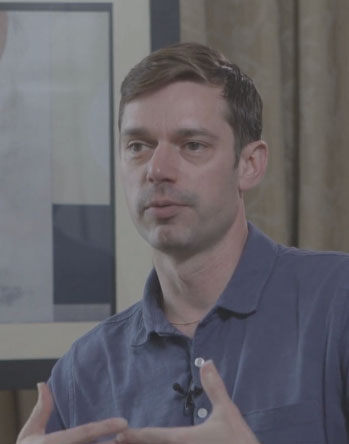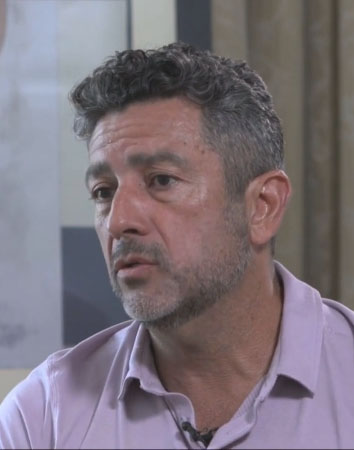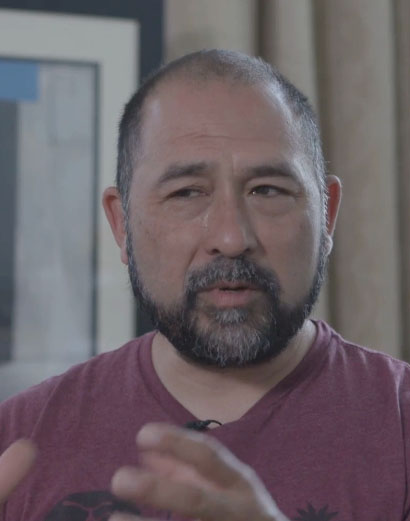A City Without Housing Stress
LA County Supervisor Holly J. Mitchell
GPLA Vienna Social Housing Field Study 2023
Beyond the facts and figures presented about Vienna’s low rent burden and housing costs, delegates from Los Angeles were overwhelmingly struck by the feeling of contentment present in Vienna’s residential neighborhoods that permeates even densely populated areas. For many in the delegation, listening to residents talk about the ease with which they can find and afford housing was the most powerful reminder of the trauma the housing crisis takes on lives back in LA.
Over the past century, Vienna has made the development of social housing one of its top public priorities. Today, social housing exists in every district of the city, built side-by-side with market-rate housing, and Vienna is considered one of the most livable cities in the world. In 2023, for the fourth time in five years, Vienna was ranked #1 on the Global Liveability Index published by the Economist Intelligence Unit.
Participants in the two Vienna Social Housing Field Study cohorts from 2023 saw firsthand a working housing system that was consistently meeting the needs of a growing and dynamic population while also ensuring most households are afforded a significant degree of stability. This stability is seen in modest housing costs and substantial tenant protections, rights, and enforcement. The Vienna social housing system is not a perfect system; bureaucratic hurdles, socioeconomic inequities, and more are indeed present. Crucially, migrants, in particular, face significant barriers to accessing social housing. Nonetheless, the field study prompted reflections on how Los Angeles can learn from Vienna’s housing system and apply those insights in the local context. Participant reflections emerged along the following key themes that align with the 5Ps of Housing Framework:
Produce Housing for All
-
Create strong institutions and reliable processes
-
Ensure permanent funding and simplify the capital stack
-
Use public land and social housing zoning
Preserve Vulnerable Housing
-
Maintain existing housing stock
Protect Tenants & Prevent Displacement
-
Support tenants
Promote Equity, Inclusion, and Sustainability
-
Create mixed-income communities
-
Promote alternative housing models
-
Create a new housing narrative
These themes emerged from discussions throughout the field study, and the research team reviewed a wide range of sources to synthesize and develop these themes, including daily discussions and surveys; a 4-hour reflection session held on the final day of the field study; a written survey provided to participants after returning from the field study; and notes from lectures and discussions during the field study. The following sections include more detailed reflections and takeaways from field study participants.
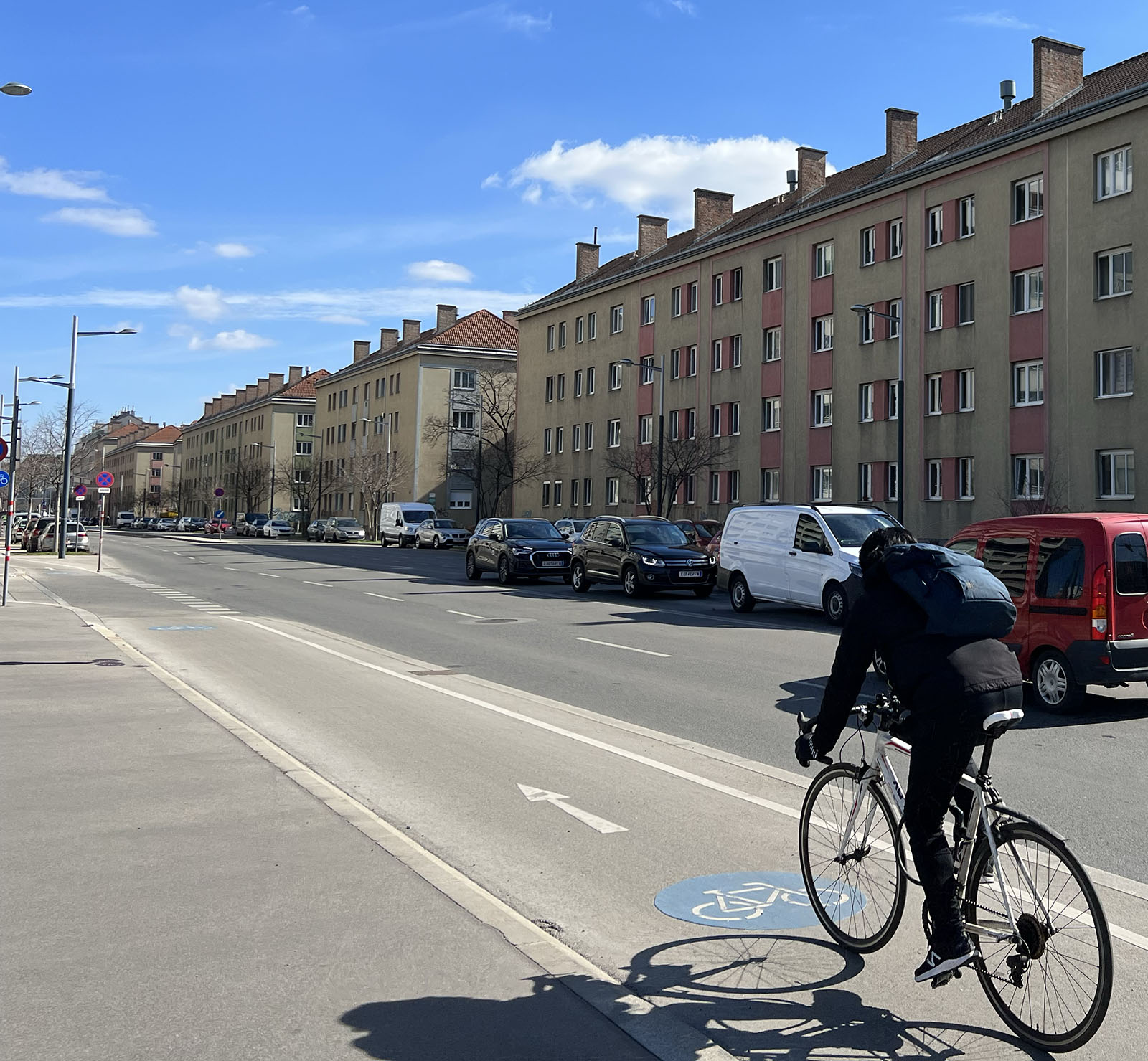

people with special needs.
Figure 3: Tools that Contribute to Vienna's Successful Social Housing Production
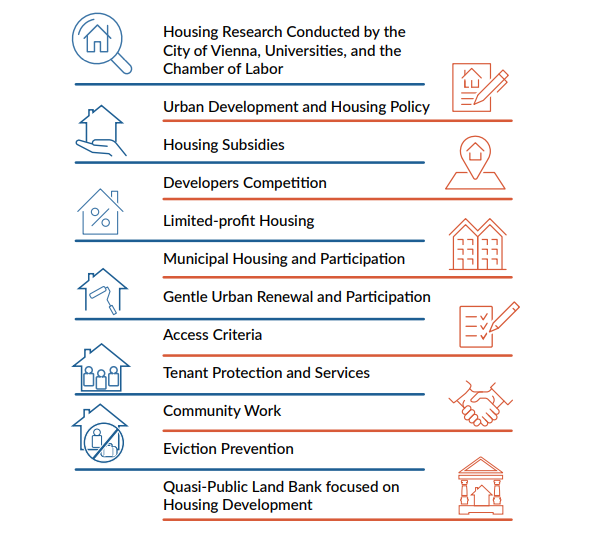
- Coming from Los Angeles, where families endure waiting periods of a decade or more for Section 8 vouchers and affordable housing projects resort to lotteries to select eligible residents, participants were impressed by Vienna's streamlined housing access system and relatively short wait times. While some households may wait up to a year or two for affordable housing, those with specific needs—such as overcrowded households, single parents, or individuals with mobility impairments—experience shorter wait times. While not all social housing units are part of this centralized system, all municipal and many Limited Profit Housing Association (LPHA) "smart units" are leased through this platform. The application process is accessible via an online portal, eliminating the need for in-person or phone interviews, though live support is available for those requiring assistance.
-
Support strong public and private housing institutions and agencies that are each specialized and all seen as part of a single ecosystem.
- Participants particularly reflected on the potential for a vibrant sector of Limited Profit Housing Associations (LPHA) to provide a significant share of LA’s overall housing. Their unique financing system in Vienna relies on low-cost public financing and tenant contributions from moderate-income residents and works in collaboration with the public and private sectors. Unlike our Low-Income Housing Tax Credits, the financing for LPHA developments isn’t finite, as the revolving fund associated with each LPHA development grows with time. See the Limited Profit Housing Association section in the housing ecosystem or key takeaway on Ensure Permanent Funding and Simplified Capital Stack for more information.
-
Centralize the system of accessing affordable housing in LA County with a single point of contact and support services for application and placement.
- As LACAHSA becomes established and develops more staff capacity, it presents an opportunity to centralize housing placement and navigation services across the LA County region. Explore opportunities to create a clear lease-up process that can offer eligible residents a central process for securing affordable housing throughout the region.
- Implement social housing pilot projects, including through ULA, LACAHSA, and other initiatives.
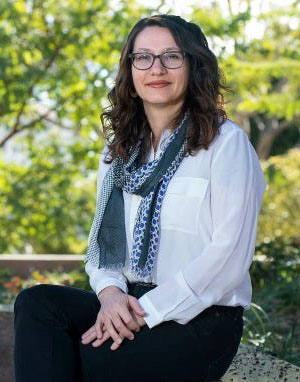 We can create a centralized leasing process for affordable housing, and eliminate the 1-year lease model to create indefinite lease terms.
We can create a centralized leasing process for affordable housing, and eliminate the 1-year lease model to create indefinite lease terms.Molly Rysman
Chief Program Officer, Los Angeles Homeless Services Authority
 How do we create a vibrant ecosystem of LPHAs? Are the nonprofit developers we have in LA enough? What type of organization is needed?
How do we create a vibrant ecosystem of LPHAs? Are the nonprofit developers we have in LA enough? What type of organization is needed?David Levitus
Executive Director, LA Forward
- Every institution that we have come in contact with is looking to conspire together to figure out how to support tenants wholly, completely, and perpetually. That is a completely different way of thinking about housing, and you can tell that there is a start with people, what people need and making sure that the housing that people need is placed around them, as opposed to just thinking about what we might need in terms of housing structures.
Tunua Thrash-Ntuk
President and CEO, The Center by Lendistry
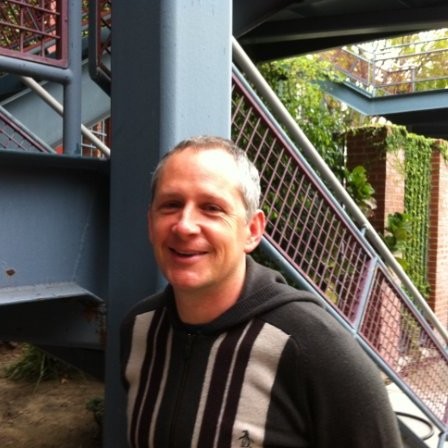 The public, rather than the private sector, needs to guide the outcome of the planning process. The market should have to accommodate the public good.
The public, rather than the private sector, needs to guide the outcome of the planning process. The market should have to accommodate the public good.Greg Spiegel
Senior Housing Economic and Policy Analyst & Senior Housing Economic and Policy Analyst, City of Los Angeles Housing Department

These best practices enable scalability and cost savings that are passed on to tenants. Both municipal housing - which is owned and master leased by the City of Vienna and serves the lowest-income residents on average - and Limited Profit Housing Association (LHPA) production - the dominant form of new housing construction and financing in Vienna - benefit from Vienna’s innovative model of financing.
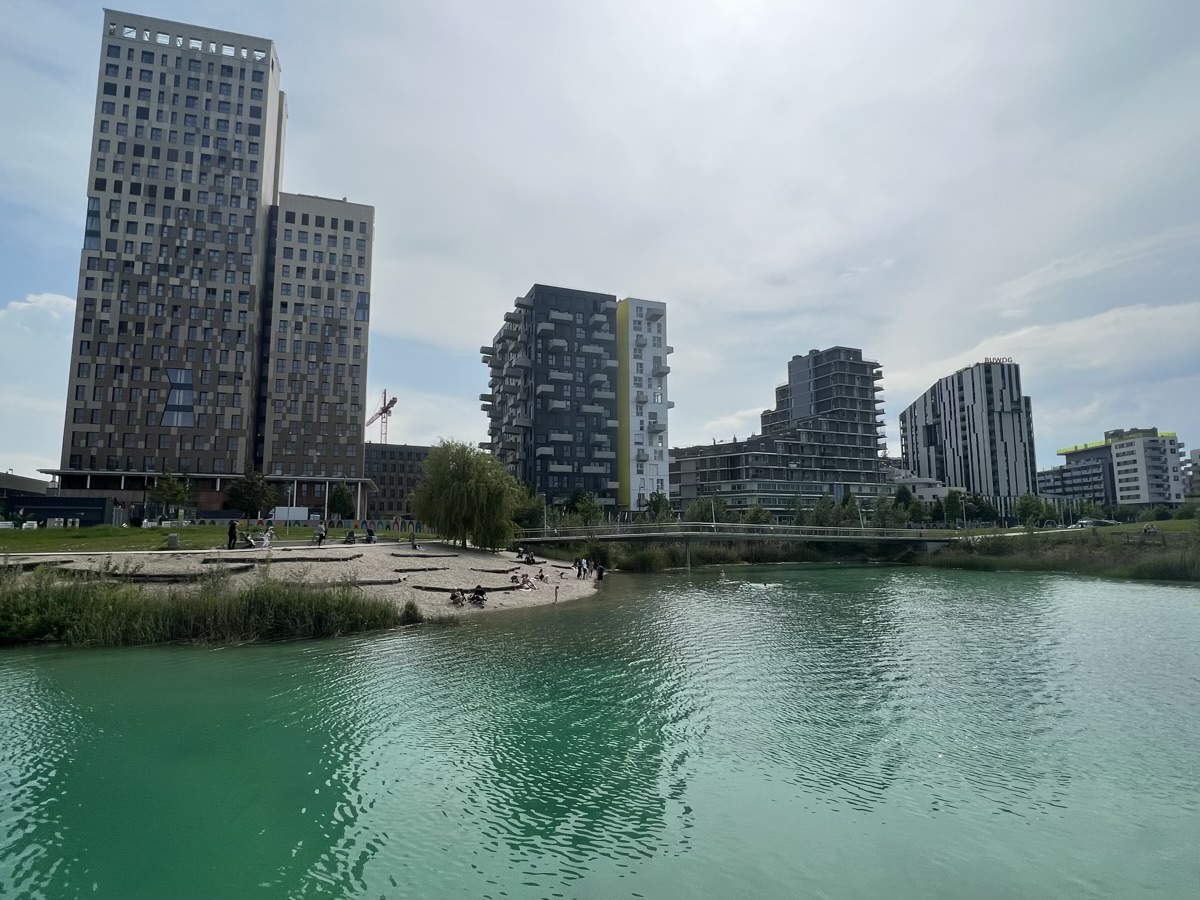
Typical Limited Profit Housing Capital Stack

Source: Austrian Federation of Limited-Profit Housing Associations
- Private Bank Loan with 2% interest, 25-30 years
- Public Loan with 1% interest, 35 years (Sometimes longer)
- LPHA equity with 2-3.5% interest (max), 50 years
- Rents are associated to cost of construction
- Energy efficiency obligations
- Tenants must abide by eligibility criteria
- Rental unit must be tenant’s only residence
-
Cost-based Rents: In addition to the social sustainability, architecture, and ecology criteria of the Four Pillar Model, projects are also selected based on the project’s overall economic feasibility. The focus on economic feasibility is maintained through a variety of methods. Strict limits are imposed on the cost of land, the maximum development cost per square foot of construction, and equity investors, lenders, and developers are also limited in their profits. LPHA rents are calculated on a cost-basis, which means that rents can neither be set above nor below the costs incurred in the production, financing, and management of residential buildings (“cost rent”). Once the hard debt is repaid, rents are adjusted (usually downward) and are permanently rent-controlled. “After accounting for structural differences in location, housing quality and size, LPHA homes… are about 20% cheaper than rents in the private sector.” (GBV, The Economic Impacts of LPHA in Austria, 2023). Although the cost-based rent model results in a wider range of “affordable” rents than the income-based rents of the United States affordable housing model, the cost-based financing has some inherent strengths that results in faster housing production.
- Cost-based rents support efficient design and construction: In a competitive developer selection, the development team that can deliver the greatest social sustainability, architectural design, and ecology with the lowest rents will score higher points overall, including for financial viability. This creates an incentive to design and plan cost-efficient housing - since rents are based on actual costs.
- Cost-based rents allow for some flexibility if costs go up during the development process. While the LPHA law imposes strict limitations on costs - which translates into a limitation on rents - the rents charged in the project reflect actual cost, which gives lenders and investors a measure of security that the project will not have unanticipated, unfunded gaps.
- LPHA Bank Loans & Public Guarantees: Currently, bank loans comprise approximately 35% of the total development cost in an LPHA Project. The LPHA sector is seen as very safe, and to date, the LHPA sector has never had a default; as such, LPHAs typically receive favorable loan rates. During the past decade, extremely low interest rates have enabled many projects to move forward with almost no public subsidy as the bank rates have been lower than public debt. However, as interest rates have risen, there has been an increase in public sector guarantees of private debt, to enable reduced interest costs.
- Public Loans and Grants: LPHA projects take on public debt in the form of long-term low interest loans. During the past decade, the interest rate on public debt has been as low as 1%; however, this has increased in recent years. To address the interest rate increases, public debt may increase the amortization to 40 or 50 years. In addition, many projects in Vienna are eligible to obtain grants for energy efficiency and sustainable production from non-housing public sector agencies..
- LPHA Equity Contributions: About 25% of the capital stack is an equity contribution by the Limited Profit Housing Association. The cost-based rent financing structure limits LPHA's profit to a 2.5% return on equity. Returns above the 2.5% threshold are required to be reinvested into new projects. Over time, LPHAs have accumulated considerable equity funds that are statutorily required to be reinvested into housing. This helps ensure there is a constant supply of new LPHA housing being created.
- Tenant Contributions: LPHAs typically require tenants to contribute equity towards the cost of construction and land; when a tenant moves out, they receive their equity contribution back, minus 1% per year of tenancy. While equity contributions for rental housing seem highly unusual in an American context, in Austria, it is commonly understood that one is buying into a cooperative, and LPHA housing has many of the same protections of ownership, such as just cause eviction and rent control. This tenant contribution is part of the capital stack of the new construction, and the 1% annual fee offsets building maintenance costs. While savings are more common in Austria than in the United States, the City of Vienna does offer low cost loans to tenants who do not have sufficient funds for the tenant contribution. In some cases, tenants may purchase their LPHA unit and convert their tenant contribution into a down payment.
- Smart Units: Recognizing the tenant contribution can pose a financial barrier to tenants, Vienna requires LPHA developers to build 50% of units as SMART units. These units tend to be smaller “micro-units'' that are with efficient designs, typically under 650 square feet for a two-bedroom unit. SMART units have lower rents and lower upfront tenant contribution than the standard unit. It is important to note that these smart units are always a part of each LPHA, to ensure that income diversity exists within each building. The tenant contribution of SMART units is capped, and the city provides low-interest loans and subsidies for lower-income tenants and those with justified housing needs.
- Mixed Income Housing: The city leases SMART units based on identified housing needs, enabling targeted housing solutions for priority populations such as seniors, youth, individuals exiting incarceration, or formerly homeless individuals. Coupled with open-term lease agreements (leases without termination dates), this ensures a mix of income levels within LPHA developments, aligning with the city's social mixing objectives.
- Continue to build permanent sources of financing for affordable housing and ensure permanent affordability: Participants reflected on the opportunities that come with a stable, and substantial funding source, as well as the importance of creating housing that supports diverse populations and needs. Participants were impressed with the resources and amenities surrounding housing that contribute towards a strong community and the use of the Four Pillars to address multiple policy priorities. Measure ULA and LACAHSA are steps in the right direction to ensure that affordable housing is permanently financed and affordable in LA.
- Continue to explore the LPHA model to identify ways to simplify the existing financing process: While more research needs to be done, participants highlighted the availability of low-cost capital and innovative financing methods to consider, including the tenant equity contribution. The structure of programs being developed for ULA and LACAHSA present an opportunity to learn from the Vienna Social Housing Model and simplified capital stack.
- Continue to explore ways to contain and control costs: Participants suggested streamlining labor rules to “de-bureaucratize” prevailing wage requirements and unionizing across the industry to allow prevailing wages for all. In California, the presence of multiple prevailing wage requirements dependent on funding sources translates to increased paperwork, monitoring, and compliance, which impacts cost. Other options that participants suggested to control costs included considering bulk purchasing power, financing entities allowing for bulk purchase and holding, worker co-ops established for production materials with agreements with sustainable wood and materials companies. For the latter, participants suggested costs could be controlled by looking at costs over a period of time to determine an average that is set for pricing.
- Explore a “public guarantee” for bank loans financing affordable housing. Such a guarantee can significantly reduce financing costs for affordable housing developers.
- Some of our affordable housing developers have really wanted to create mixed income communities, and our current financing model for AH in the US doesn’t allow that. So we’ve been talking about ways that we might be able to do some non traditional AH projects that do serve folks at very low means - at a workforce level - and how we would finance things like that and design them to be financially feasible. That’s work that’s very feasible and happening now as a result of some of the experiences we’re taking away from this.
Tom De Simone
President & CEO, Genesis LA
 A dedicated source of financing allows for predictable and consistent investment in affordable housing.
A dedicated source of financing allows for predictable and consistent investment in affordable housing.Tunua Thrash-Ntuk
President and CEO, The Center by Lendistry
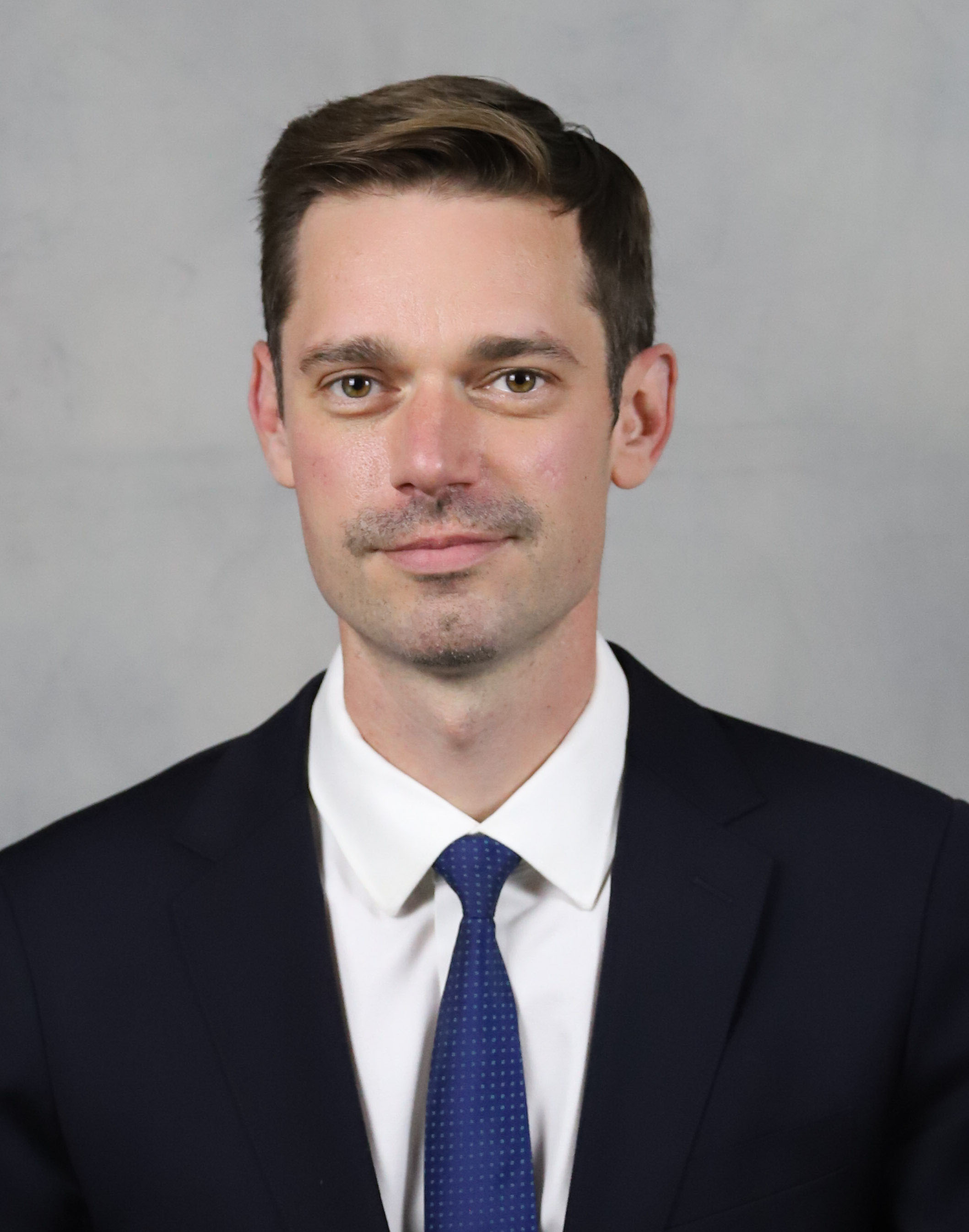 It is important to remember that we pay a lot of taxes in the United States, and yet we have so little in the way of affordable housing production, services, protections, and in a broad sense human dignity as it pertains to housing by comparison to what has been implemented in Austria. We can and should continue to demand more. The Viennese approach provides a clear example of what it means to say that housing should not be just a commodity to generate returns on capital investment, but rather that housing is a human right.
It is important to remember that we pay a lot of taxes in the United States, and yet we have so little in the way of affordable housing production, services, protections, and in a broad sense human dignity as it pertains to housing by comparison to what has been implemented in Austria. We can and should continue to demand more. The Viennese approach provides a clear example of what it means to say that housing should not be just a commodity to generate returns on capital investment, but rather that housing is a human right.Geoff Moen
Director of Development, Housing Authority of the City of Los Angeles
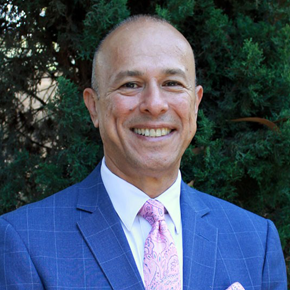 This is a complete paradigm shift for us. We look strictly at the gold standard of no more than 30% of income should be used for rent. Here you have a flat rent for income [based on cost containment].
This is a complete paradigm shift for us. We look strictly at the gold standard of no more than 30% of income should be used for rent. Here you have a flat rent for income [based on cost containment].Emilio Salas
Executive Director, Los Angeles County Development Authority
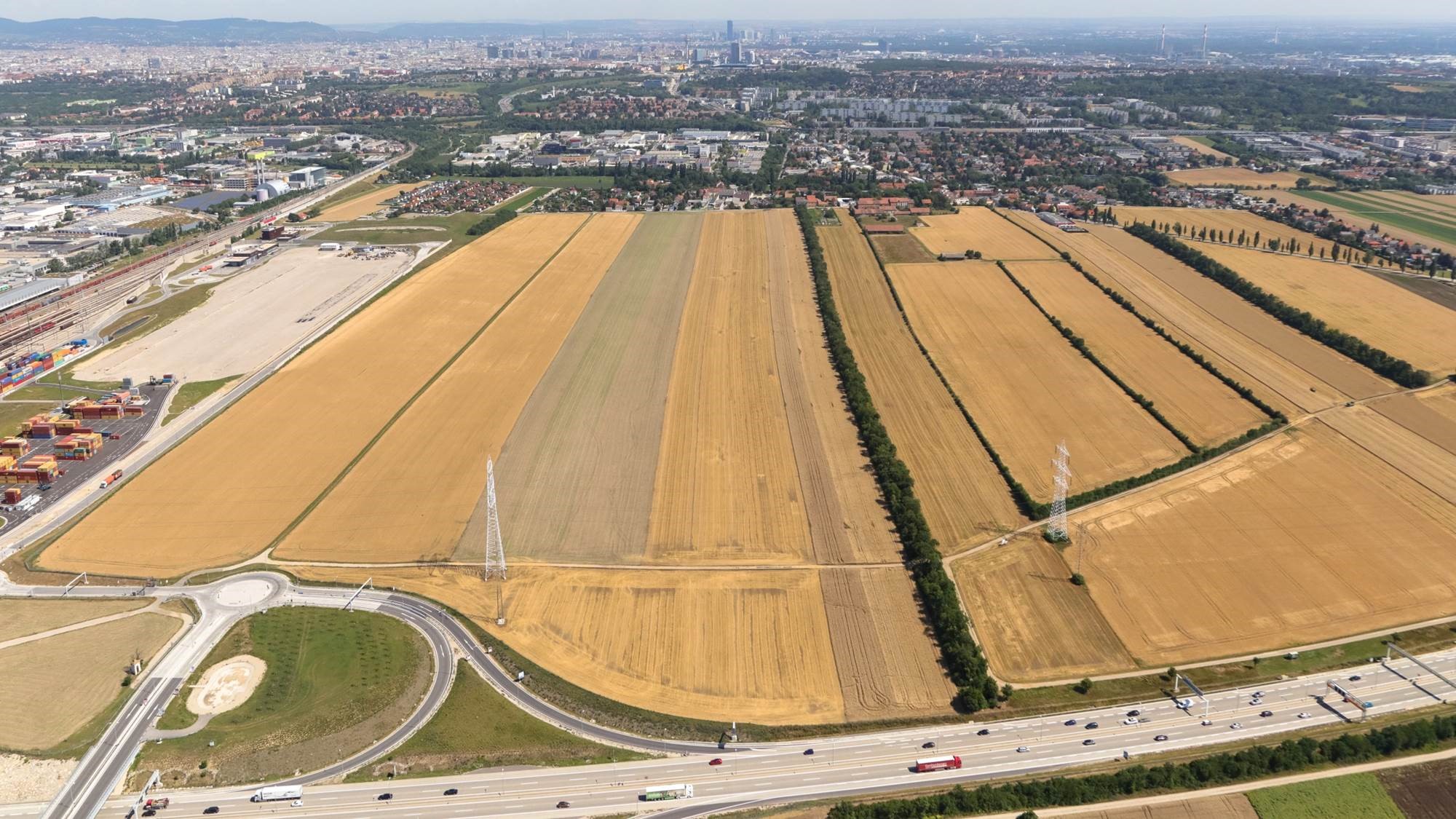
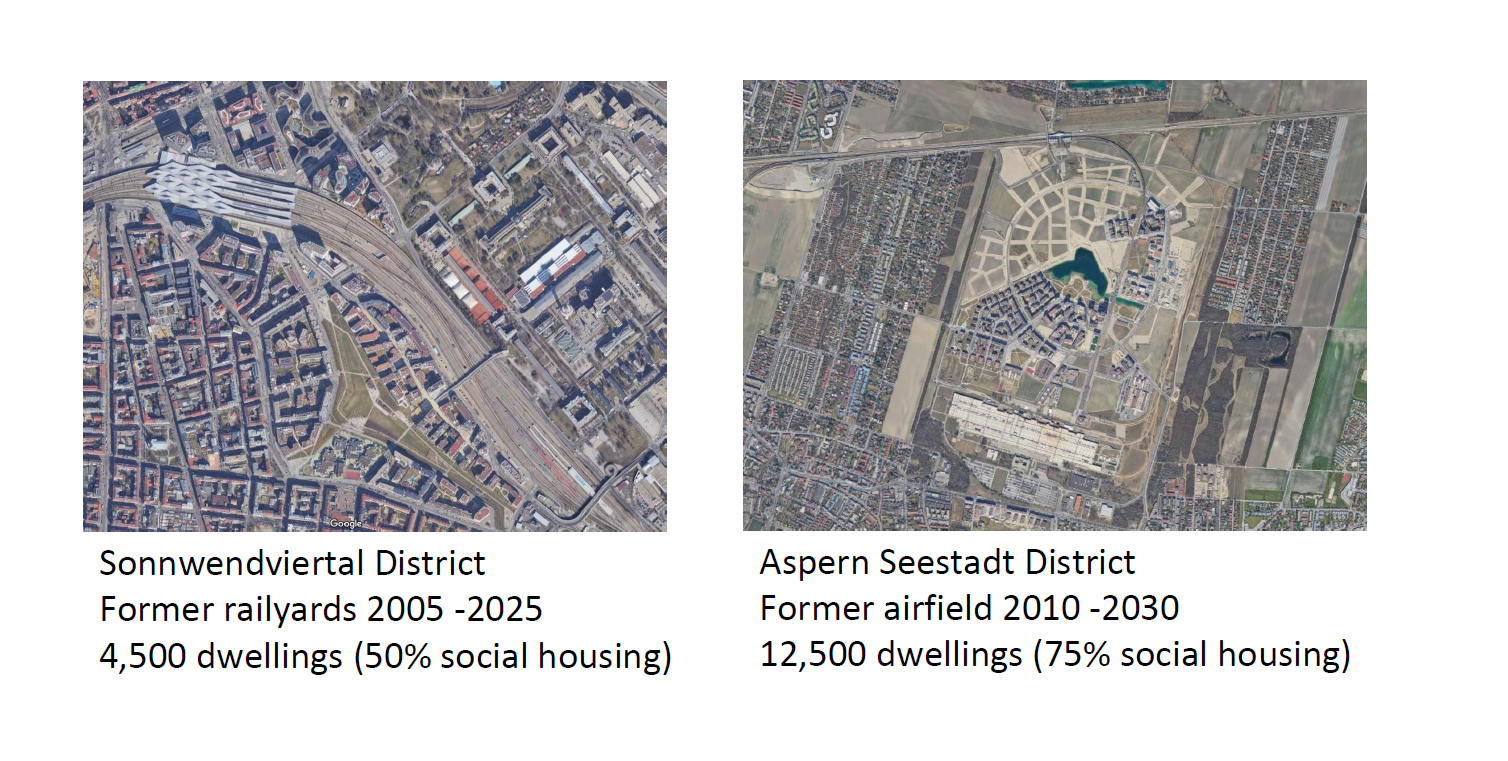
- Land acquisition through land banking to enable the scaling up of social housing
- Using entitlements to incentivize more social housing development
- Zoning to increase density and encourage social housing
- Vienna’s zoning policies encourage density – for example, the city requires a minimum floor area ratio of 2.5 along high-level public transport corridors, meaning that the maximum residential floor area for a development must be at least 2.5 times the lot area. Wohnfonds Wien’s Gentle Urban Renewal Program increases density in high-demand urban core areas through the addition of two additional floors of apartments and the development of new units in underutilized infill locations on existing apartment sites. See “Housing Preservation” within Vienna’s Housing Ecosystem section for more information.
- Scale up social housing through land banking, public land development, and partnerships with other institutions: While Los Angeles does not have an exact equivalent to Wohnfonds Wien, there are three efforts in LA that present opportunities to further this concept: LA County allocated $40M to a land bank pilot in 2022; LA City’s Executive Directive 3 aims to identify publicly-owned sites for affordable housing development; and Measure ULA prioritizes public land for affordable housing. Additionally, the LA County Metropolitan Transportation Authority and a growing number of educational institutions - including the LA Community College District and the LA Unified School District - have expressed interest in developing affordable housing on their land and jurisdictions should explore partnerships with them.
- Continue using entitlements to incentivize development: Continue to explore ways to expedite entitlements to incentivize affordable and social housing development, building off the City of LA’s ED 1.
- Utilize zoning as a tool: Explore incorporation of the subsidized housing zoning category as an overlay zone as part of jurisdictions’ RHNA rezoning programs and revisit the use of historic buildings to open up the possibility of adding new units to roofs.
- Further Equitable Housing Policies: Ensure that Black, Indigenous, and People of Color are represented in the discussion around land acquisition, given both the history of colonization as well as redlining and immigration policies in the United States.
 Land bank[ing] in conjunction with zoning restrictions is a powerful tool.
Land bank[ing] in conjunction with zoning restrictions is a powerful tool.Allison Riley
Senior Director of Housing Development, Venice Community Housing Corporation
 You cannot talk about land without engaging the native tribes whose land was stolen.
You cannot talk about land without engaging the native tribes whose land was stolen.Andrea Garcia
Physician Specialist & Stanton Fellow, Los Angeles County Department of Mental Health
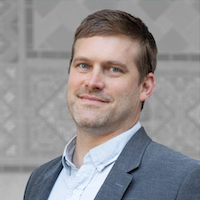 One of the things that struck me is how their housing is spread out equitably. I’d love to continue the conversation around their overlay zone.
One of the things that struck me is how their housing is spread out equitably. I’d love to continue the conversation around their overlay zone.
Matt GlesneSenior City Planner, Los Angeles City Planning - Housing Policy Unit
 Student housing needs to be part of the larger affordable housing conversation. There are partnership opportunities with community colleges and K-12 districts.
Student housing needs to be part of the larger affordable housing conversation. There are partnership opportunities with community colleges and K-12 districts.Uduak-Joe Ntuk
Trustee, Long Beach City College
- I was deeply moved to think about how in the agency I work for, the concept of being able to control land and make decisions about how to use that land more effectively in the future. Now I see us redeveloping land that was acquired publicly generations ago and being able to redevelop that land to provide more housing now and that being possible due to the foundation laid by people 80 years ago. I think seeing what they’ve been doing in Vienna and at the scale reinvigorates that conversation of “what can we do now?”
Geoffrey Moen
Director of Development, Housing Authority of the City of Los Angeles
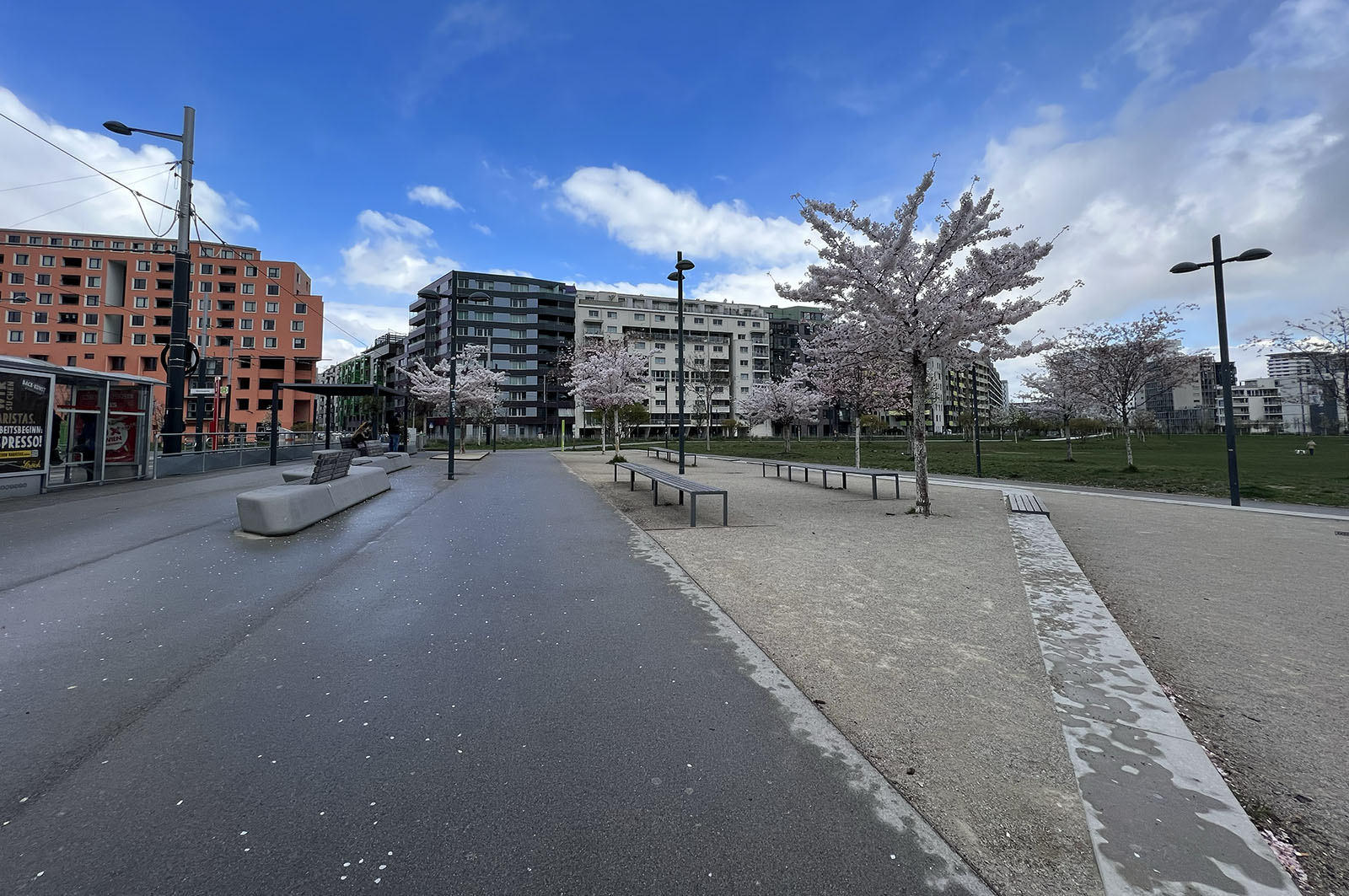
The social housing system is constantly producing housing each year to keep up with demand while also supporting the maintenance of older mid-rise buildings with renovation funds that ensure ongoing affordability and quality. The parallel endeavors of producing and preserving housing are seen as complementary, and both draw on the city’s housing tax funding to create low-interest loans.
The 2023 Vienna Field Study participants reflected on how the Vienna Social Housing Model supports buildings—both new construction and preservation—to support long-term affordability. Vienna is a historic city, once the center of a global empire, with centuries-old buildings. These buildings have architectural and historic significance, as well as aesthetic appeal, and are built on an urban fabric that has long supported low greenhouse gas emission forms of transportation and daily living.
- Vienna spends more than €100 million a year of its 1% housing tax, or ⅓ of what is allocated to capital costs, on preservation. City policies strictly limit the demolition of existing mid-rise multifamily housing, especially in the city’s more urban core.
- At the same time, the city incentivizes property owners to modernize these historic buildings and even add two additional stories of housing on top of existing structures. Hauskunft, a city department that is the central contact point for residential renovations, offers free consultation services and low-cost rehabilitation loans for older social and private market housing in exchange for a 15-year rent restriction. Wohnfonds Wien’s Gentle Urban Renewal Program focuses on improving the quality of housing, through improving thermal insulation (and thus reducing utility costs) and quality-of-life improvements such as increased access to open space, accessibility, children’s play areas, and major upgrades to plumbing and heating systems.
- This approach is grounded in a fundamental difference between Vienna and Los Angeles: Vienna's historic urban core still features many centuries-old mid-rise buildings accessible to transit with a development layout that prioritizes pedestrians, unlike much of Los Angeles' urban core, which is designed around car-centric transportation. Vienna's dedication to housing preservation ensures the continuation of a compact, sustainable development model that encourages low greenhouse gas emission transportation and daily activities.
- Participants reflected on the innovative model of simultaneously adding density to existing housing while creating ongoing affordability and suggested focusing more on preservation in Los Angeles, such as having more dedicated funding for preservation and clear goals for rehabilitation and renovation while ensuring that tenants remain in place.
- Dedicate public funding to new production and preservation of affordable housing. New production can take advantage of publicly owned land, while preservation can focus on existing housing at risk of losing affordability as well as opportunities to increase the density of existing housing in transit- and job-rich areas. Funding should also incorporate LA-specific challenges such as seismic retrofitting and the need for climate resiliency.
- Create financial incentives to retrofit existing housing that requires affordability commitments. This can include adding rental restriction covenants when public funds are used for retrofitting private market housing as well as renovations that increase the useful life of affordable housing. Research what affordability commitments are actionable and reasonable with existing landlords.
- Consider including essential services and other community resources within new housing developments. The development of ULA and LACAHSA programs present an opportunity to incorporate elements of Wohnfonds Wien’s Gentle Urban Renewal Program tailored to the local communities and jurisdiction’s housing policies to prioritize areas to improve the quality of housing, retrofits to support decarbonization and other climate goals, as well as quality-of-life improvements, such as increased access to open space, transportation, health services, children’s play areas, and major upgrades to underlying infrastructure.
- All of the living examples we’ve seen in this last week of existing product and what they’ve done in the last several years to add to the building and add amenities, reducing carbon footprint -- these are the elements I want to bring back to LA.
Christian Hart
Founder and Managing Member, Community Builders Group, LLC
 I’m inspired by Wohnfonds Wein's four pillars model; development can be cost-effective and incorporate environment and design.
I’m inspired by Wohnfonds Wein's four pillars model; development can be cost-effective and incorporate environment and design.Lucky Michael
Southern California Program Officer, The Arlene & Michael Rosen Foundation
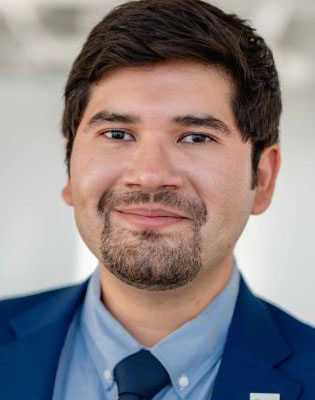 We can assess and evaluate California’s statewide foreclosure intervention housing preservation program to capture tension points from preservation, development, gentle urban renewal efforts, and how to ensure anti-displacement.
We can assess and evaluate California’s statewide foreclosure intervention housing preservation program to capture tension points from preservation, development, gentle urban renewal efforts, and how to ensure anti-displacement.Oscar Monge
Associate Director/Community Development Director, T.R.U.S.T. South LA
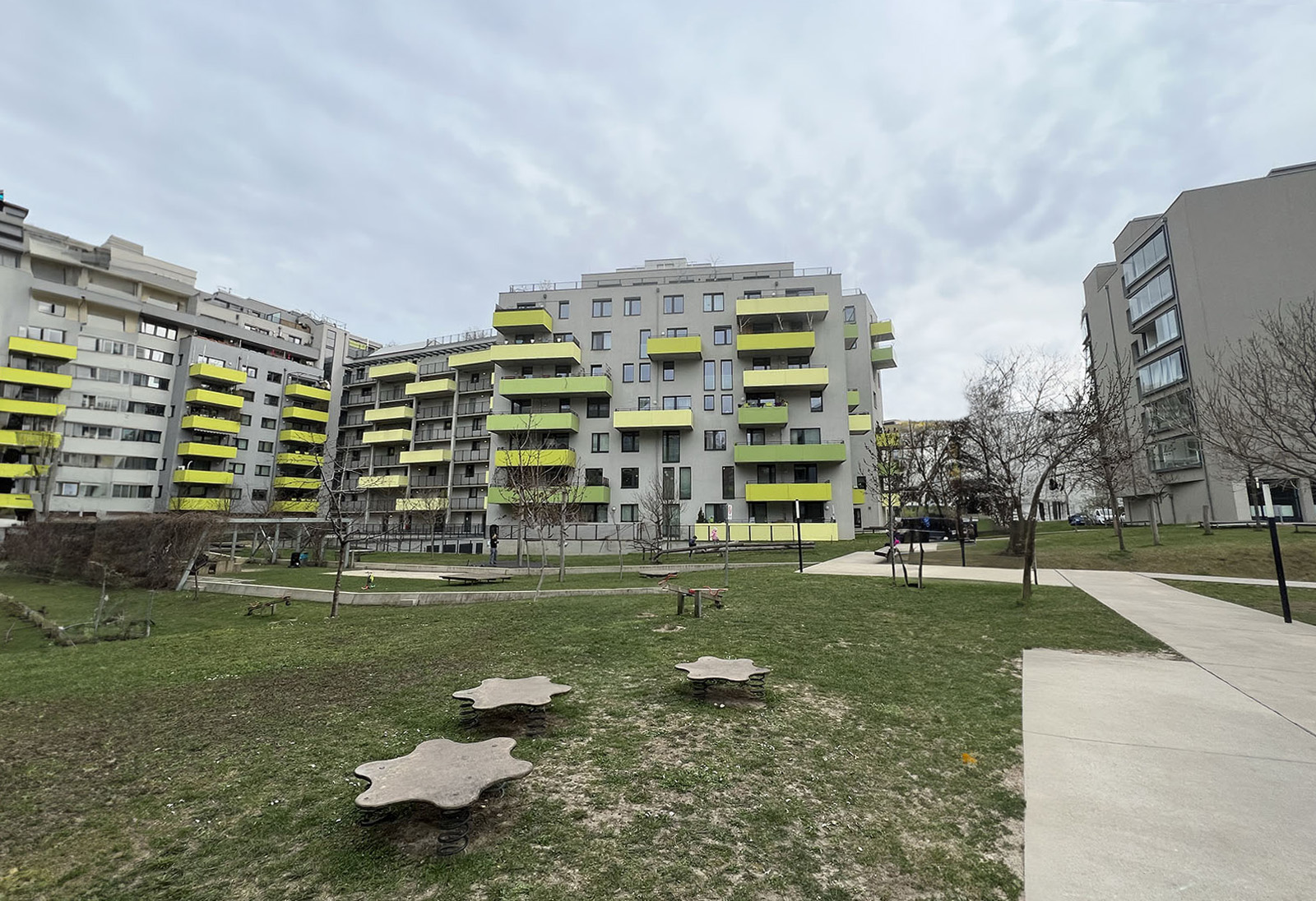
A city agency, Wohnservice, enforces tenant protections, which are offered to most renters throughout the city. The city’s well-staffed tenant protection and support agency sees itself as a powerful bulwark against well-financed property owners who may wish to maximize profit from owning market-rate rental housing. When asked how the agency defends against forces that wish to weaken renter protections, Wohnservice’s chief, Josef Cser, said, “We are smarter and stronger. We are the [obscenity] city.”
Field Study participants reflected on the city’s comprehensive tenant protections and services. The protections and services extend beyond Wohnservice and include city staff who help place people in affordable housing, foster neighborhood engagement, and provide conflict resolution facilitation between neighbors. As part of the broader support and advocacy available to Vienna’s residents, the Austrian Chamber of Labor, a federal agency that represents all workers, provides consultations to support workers housing rights (further elaborated upon in Labor Advocacy and Housing Research within the Vienna’s housing Ecosystem section). LA participants saw these protections as particularly relevant to preventing homelessness in Los Angeles, using public resources to help keep people housed and avoiding conditions that pressure or force people to leave their housing.
- Rent control: Regulated by federal Austrian law and primarily affects many apartments, particularly those in the older housing stock built before 1945. Private for-profit rentals constitute 33% of Vienna's total housing stock, with three-quarters of these rentals benefiting from renter protections (refer to Vienna’s Housing Types graphic for details). An intriguing resource available to renters is an online portal that provides information on the allowable rent for specific addresses.
- Eviction prevention: All evictions must be referred to a department within the City of Vienna, and the process of removing a tenant generally takes six months. Vienna had about 4,000 approved evictions in 2022, or about five evictions per 1,000 renter households; in contrast, the city of Los Angeles has seen an estimated 24,000 evictions filed in 2023, about six times Vienna’s rate.
- Maintenance obligation: The city ensures buildings are well-maintained. Maintenance work is supported by part of the rent paid by tenants in LPHAs, which goes towards a renovation and rehabilitation fund for the building. Wohnfonds Wien’s Gentle Urban Renewal program additionally offers rehabilitation services and free consultation services to maintain building quality, including for the private housing stock.
- Eviction defense and Legal advice: MieterHilfe provides free legal advice for tenants to navigate disputes and other issues and provides consultation for tenants facing eviction.
- Tenant anti-harassment protections: MieterHilfe also coordinates legal resources and manages a fund to support tenants facing harassment by their landlords.
- Participants acknowledged a key shortcoming of this system is that it is largely closed to new migrants to Vienna due to residency eligibility requirements. Despite this, it was helpful to see a single point of contact for securing affordable housing.
- Establish and enforce strong tenant protections. This could include a codified Right to Counsel, enforcement of tenant anti-harassment protections, and tracking and accountability of Rent Stabilization Ordinances.
- Centralize the system of accessing affordable housing in LA County with a single point of contact and support services for application and placement. As LACAHSA becomes established and develops more staff capacity, it presents an opportunity to centralize housing placement and navigation services across the LA County region. Explore opportunities to create a clear lease-up process that can offer eligible residents a central process for securing affordable housing throughout the region.
- Invest in care-first approaches. Strengthen neighborhood capacity in the LA region to create affordable housing, prevent homelessness, and support community-based restorative justice and conflict resolution programs, and other programs, similar to LA County’s Care First and Community Investment (CFCI) program https://jcod.lacounty.gov/cfci/.
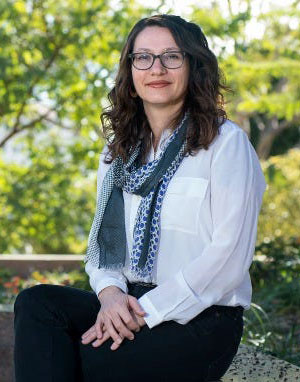 We should fund teams to support households in affordable and supportive housing who face eviction to help stabilize them, support them, and pay back rent to avoid eviction.
We should fund teams to support households in affordable and supportive housing who face eviction to help stabilize them, support them, and pay back rent to avoid eviction.Molly Rysman
Chief Program Officer, Los Angeles Homeless Services Authority
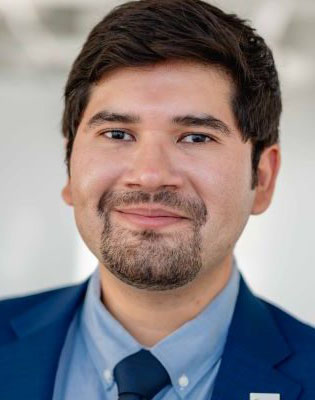 ULA and LACASHA create an opportunity to create legal documents that reflect the Vienna model of long-term affordability and resident stability.
ULA and LACASHA create an opportunity to create legal documents that reflect the Vienna model of long-term affordability and resident stability.Oscar Monge
Associate Director and Board President, T.R.U.S.T. South LA and CA Community Land Trust Network.
- We would benefit from the level of tenant protections and contracts that they have. The fact that there’s an entity to review contracts to make sure that everything is legal, and that if there is something that they find there are penalties…
Zerita Jones
Board Vice Chairperson, Liberty CLT

The policy is based on the principle that integrating households from different professions and backgrounds promotes social solidarity, reduces crime, improves health, increases social mobility, and avoids stereotyping of households in need of assistance. This concept is carried out through zoning laws, financing structures, and scoring criteria for selecting new development projects. As Mayor Michael Ludwig has said, “You cannot tell how much someone earns simply by looking at their home address.”
The 2023 Vienna Field Study participants reflected on the implications of Vienna’s social mixing policy, primarily through the mix of incomes in housing developments, and how this leads to a broad base of support for the social housing system. The system of social mixing is also reflected in the design of housing projects that aim to accommodate a wide range of residents. The mix of incomes also has implications for project financing (covered in more detail in “Sustained Funding” within the Housing Ecosystem section). The mix of incomes allows for greater rental income and financial stability for the project than can be seen in 100% affordable projects in Los Angeles, and runs contrary to concentrated poverty and the spread of NIMBYism (not in my backyard). The policy of social mixing creates a system that aims to avoid the creation of ethnic enclaves, emphasizing each resident’s identity as a Viennese resident.
-
In Vienna, social housing has a broad base of support. Unlike affordable housing in the United States, social housing aims to provide housing stability for the middle class in addition to providing affordable housing for lower-income households. Another important feature is that households must only qualify once to get into social housing. After that, residents have the right to remain permanently in the housing with rent increases. Housing experts believe that this approach leads to greater economic diversity, wealth building and better outcomes overall for people living in social housing.
- Approximately 80% of Vienna’s residents are eligible for social housing. Although the income eligibility calculations differ, in Los Angeles, households are eligible for most affordable housing if they earn up to 60% of area median income (AMI), while in Vienna, this upper limit is closer to 180%-200% of AMI .
- In Vienna, income is only checked at initial leasing. If a household’s income increases above the eligibility threshold, they do not lose access to their housing or their affordable rent.
- To ensure moderate-income households do not crowd out lower-income households, Vienna has a needs-based system of allocating lower-cost units. This is driven through a centralized system of tenant placement, discussed further in key takeaway on support for tenants .
- Participants reflected on how this broad base of beneficiaries from the housing systems creates substantial support for this model.
- The social housing system does exclude new migrants to Vienna, as noted in the Race and Immigration section within “Vienna’s housing Ecosystem” section.
-
Intentional planning and design elements attempt to accommodate a wide variety of residents who qualify for the mix of incomes, household sizes, and types.
- Participants noted how the needs of many are considered in housing projects, which often have playgrounds for children, plentiful accommodations for people with mobility impairments, programming for collective activities, various considerations for seniors, and more.
-
As projects rely on a higher income threshold, they receive accordingly higher rents from some units. “Sustained Funding” within the Housing Ecosystem section explores this in more depth.
- In reflecting on the social mixing policy, participants discussed how this policy enables more stable project financing through greater rental income than what would be expected in a 100% affordable project in Los Angeles.
-
The Vienna Social Housing Model has an ideological commitment to social integration. As such, the city does not seem to have major ethnic enclaves in the way Los Angeles does.
- Recognizing these differences, Field Study participants identified Los Angeles’ neighborhoods with concentrations of distinct ethnic communities as a definite strength that should be built on through a social housing system.
-
Broaden the base of support for affordable housing by expanding eligibility, where appropriate, to include households earning more than the median income, while also prioritizing low-income households.
-
Do not require affordable housing residents to recertify income eligibility after moving in.
-
Design housing projects and neighborhoods to integrate mixes of incomes, household sizes, and types. Maintain the benefits of ethnic enclaves by integrating design, programming and leasing practices that are culturally meaningful.
 I want to remember all the things we love about LA -- our beautiful ethnic neighborhoods. I don’t think social mixing and still maintaining the fabric of LA are at odds.
I want to remember all the things we love about LA -- our beautiful ethnic neighborhoods. I don’t think social mixing and still maintaining the fabric of LA are at odds.Andrea Garcia
Physician Specialist & Stanton Fellow, Los Angeles County
 In our affordable housing system, the middle class is excluded, and they don’t see themselves in the system. I have not seen myself as part of the system, but I’m struggling to stay housed as a middle-class person. I think in Vienna, people see themselves as part of the system. In Los Angeles, we need to bring in the middle class so that people see themselves as part of the system.
In our affordable housing system, the middle class is excluded, and they don’t see themselves in the system. I have not seen myself as part of the system, but I’m struggling to stay housed as a middle-class person. I think in Vienna, people see themselves as part of the system. In Los Angeles, we need to bring in the middle class so that people see themselves as part of the system.Eli Kaufman
Executive Director, Bike LA
- Vienna’s social housing model shows us what’s possible when there is a shared commitment to building the kind of housing that offers residents the affordable, accessible, and sustainable housing they need. Los Angeles’ housing development prioritizes market and luxury rate sites, which is unaffordable and inaccessible to too many people. Here, they’ve invested in building thousands of units, but the right type of units, so everybody, no matter their socioeconomic class, has access to quality housing. This is an example of the kinds of housing models we need to invest in to effectively address the housing crisis in Los Angeles.
Eunisses Hernandez
Councilmember, Los Angeles Council District 1

The commitment Vienna has made to permanently fund social housing has a dynamic relationship with land banking, social mixing, preservation, and proactive development of new social housing. As Los Angeles leaders consider changes to its existing systems, the Vienna Social Housing Model can be a source of inspiration and knowledge about how to set up systems that work.

[40] Baron, Harald, Ngoc Thi-Bich Doan, Justin Kadi & Leonhard Plank (2021) Wohnungspolitik und Wohnversorgung: Bericht aus fünf wachsenden europäischen Millionenstädten [Housing policies and housing conditions: Report from five growing European metropolises]. Stadtpunkte, Arbeiterkammer Wien: Wien.
[41] ACS 2021 5 Year: DP404 Selected Housing Characteristics
- Continue pursuing alternative ownership models: Participants found much inspiration in the cooperative models and referenced the growing LA Community Land Trust (CLTs) movement as an opportunity to continue exploring and supporting these models. Participants also recognized the diversity of options that enabled mobility and choice. In addition to CLT and co-ops, other shared ownership models could include homesteads in more rural communities, and co-purchasing options amongst friends.
- Ensure greater resident agency: The nascent LA Housing Training Hub (the HUB), which may soon be funded through the United to House LA measure (ULA), is a resource that could enable greater resident ownership and engagement. The HUB would be a centralized resource for residents, developers, community-based organizations, and property managers who are implementing tenant management and/or ownership into the homes they are building. Resources provided would include training materials and support governance structures, resident councils, budgeting, and operations. The HUB intends to support buildings from pre-development through lease-up, and during ongoing operations.
- Continue to explore ways to increase wealth-building beyond homeownership: Participants expressed interest in creating a social housing system in the LA region by removing land and housing from the speculative market and ensuring affordability on the acquired land. They also called for restrictions on corporate ownership and the sale of residential property to corporate landlords. Exploration of opportunities to increase wealth and local economic power through renting, such as rental equity or dividend housing programs. These emerging programs create pathways for residents to build wealth and equity immediately, and get an ownership stake while renting, but without having to buy or sell property. They are structured to encourage investment in properties over time and prioritizing resident input in the ownership of the property. A nonprofit can own the property to keep it permanently affordable, and residents can have perpetual leases, building up their financial equity through participation in property management, sharing governance of the property, and completing work assignments to maintain the property. As they fulfill the lease, renters are contributing to the financial success of their housing and the quality of the living environment.
 [The tenants] were so happy living in the type of social housing models that they occupy. They spoke a lot about security and not being worried and being able to do things with the leftover money like save or start a business.
[The tenants] were so happy living in the type of social housing models that they occupy. They spoke a lot about security and not being worried and being able to do things with the leftover money like save or start a business.Zerita Jones
Board Vice Chairperson, Liberty CLT
 Social housing doesn't stop market rate housing from being developed. There are organizations willing to do the work even when the upside is limited.
Social housing doesn't stop market rate housing from being developed. There are organizations willing to do the work even when the upside is limited.Allison Riley
Senior Director of Housing Development, Venice Community Housing Corporation
- Here, you can be a group of residents who get together and say, I want to build something and I want to live in it and collectively own it, and I’m going to stay here forever. And I'm going to look out for my neighbors, and we’re going to share in child care, responsibility, moments of joy, and community. Whatever your affiliations or leanings are, at least in LA, there’s a hunger for that connection, especially since the pandemic.
Debbie Chen
Director of Real Estate, Little Tokyo Service Center Community Development Corporation
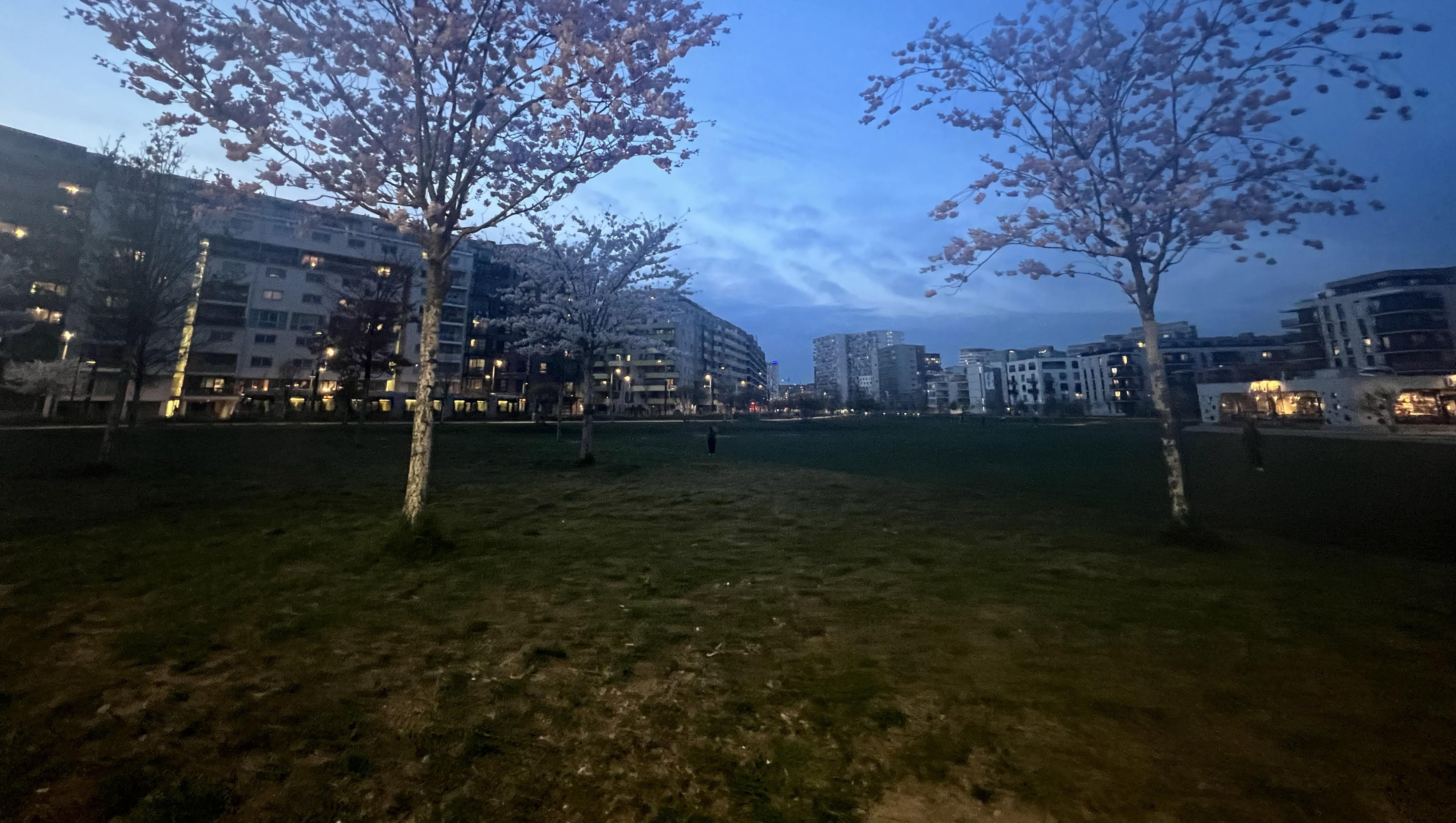
Indeed, social housing is constructed in all neighborhoods and people of all incomes live side by side sharing the same parks, trams, and neighborhoods.
Although these policies were initially brought about by the social democratic political movement, over time social housing has become mainstream. While the Social Democratic party - who have been in power for most of a century - have made social housing a priority, Austria is a democracy, and the social safety net is maintained through a cross-party consensus between social democrats and conservatives at the Federal level. As Viennese housing researcher Justin Kadi, Assistant Professor in Planning and Housing at the Department of Land Economy, University of Cambridge noted, “It’s not just about money, but about building alliances and a broad coalition of various players.” That being said, while social housing is present in other regions of the country, the vast majority of social housing, characterized by perpetually affordable rent unaffected by private market fluctuations, is unique to Vienna.
Vienna's motto, “Wien es anders” – meaning “Vienna is different” – underscores the city’s unique systems, evoking pride among its residents. Tenants often highlight the security and superior quality of the social housing they inhabit. Municipal housing in Vienna proudly bears the imprint of being funded through the city's housing tax. In fact, each municipal housing building prominently displays large red lettering proclaiming its status as social housing, funded by the housing tax.
 The latest municipal housing projects in Vienna represent contemporary architectural designs tailored to modern living standards.Photo Credit: Beatriz Stambuk-Torres
The latest municipal housing projects in Vienna represent contemporary architectural designs tailored to modern living standards.Photo Credit: Beatriz Stambuk-Torres The red lettering prominently displayed on municipal housing buildings in Vienna reflects the city's pride in its housing stock.Photo Credit: Beatriz Stambuk-Torres
The red lettering prominently displayed on municipal housing buildings in Vienna reflects the city's pride in its housing stock.Photo Credit: Beatriz Stambuk-Torres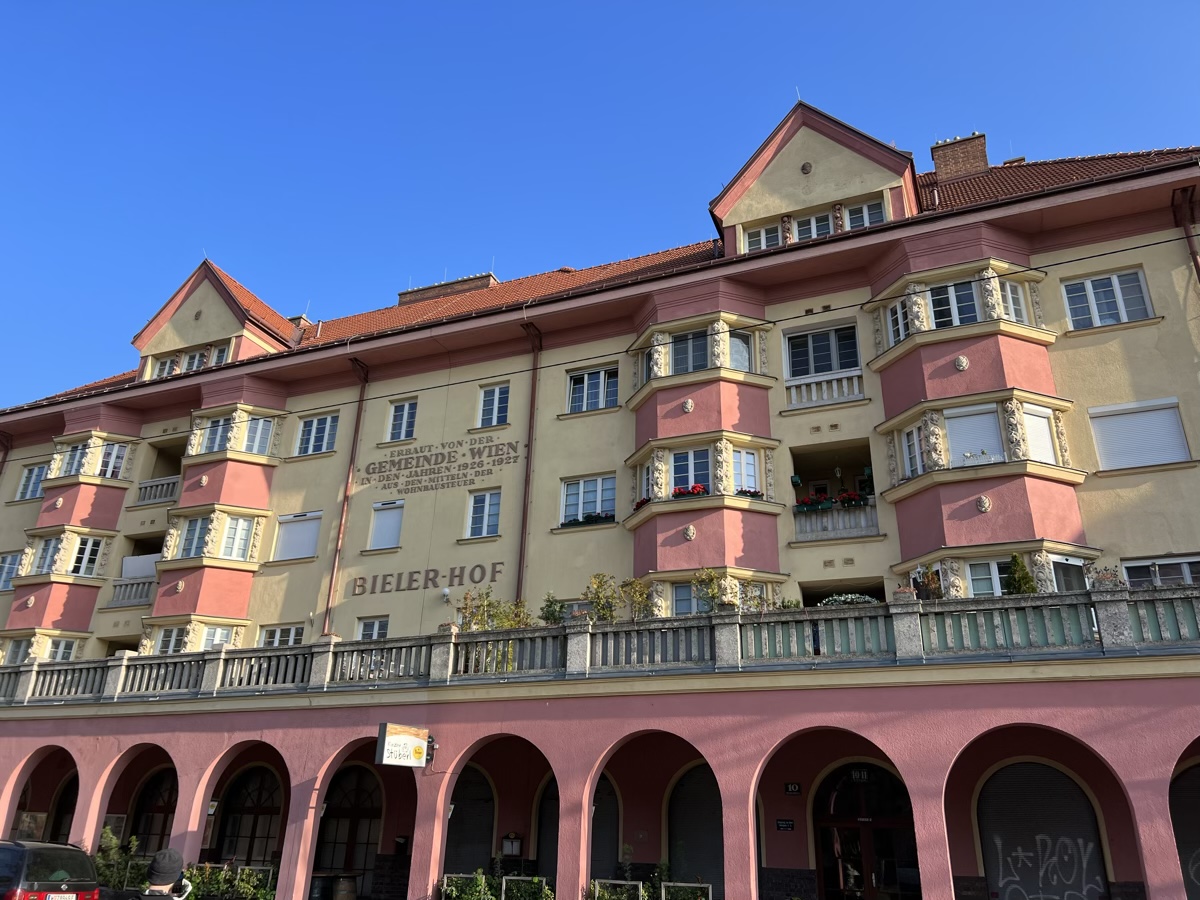 Over the past century, municipal housing development in Vienna has embraced various architectural styles, reflecting the evolution of design preferences over time.Photo Credit: Beatriz Stambuk-Torres
Over the past century, municipal housing development in Vienna has embraced various architectural styles, reflecting the evolution of design preferences over time.Photo Credit: Beatriz Stambuk-Torres
- Build off existing work to broaden the base of support through narrative change: Increase the base of support for social housing in LA by building on the existing work being led through the LA Housing Movement Lab to bring more people into the discussion. This can include expanding the number of groups who see the Vienna model first-hand and establishing a long-term table where a common language can be developed along with a plan to translate these findings more fully to the Los Angeles context.
- Being clear, thoughtful, and strategic within a coalition: Many participants appreciated the ability to have conversations across sub-housing and housing-adjacent sectors on the trip to exchange ideas and fill in gaps in their knowledge. They suggested continuing to be resources to each other after the trip, and raised questions about if a new coalition or other structure that is based on social housing and engages across sectors should be developed. Participants also identified the risk of internal miscommunication as a challenge when working in a coalition, drawing from experiences with Measure H and HHH in LA, and noted that having a common internal understanding is just as important as a unified external message. There was additional conversation around the appropriate geographic area for an effective coalition for social housing, and statewide, regional, and local suggestions were all discussed. Lastly, participants recognized that coalitions operate within a diverse and dynamic political environment of other intersecting and opposing coalitions. Participants recommended forthcoming efforts to be aware of political realities, which election cycle would work best for specific measures, and the sequencing of fights to ensure wins.
 Every social justice movement has been driven or fueled by storytelling.
Every social justice movement has been driven or fueled by storytelling.Holly Mitchell
District Supervisor, Los Angeles County District 2
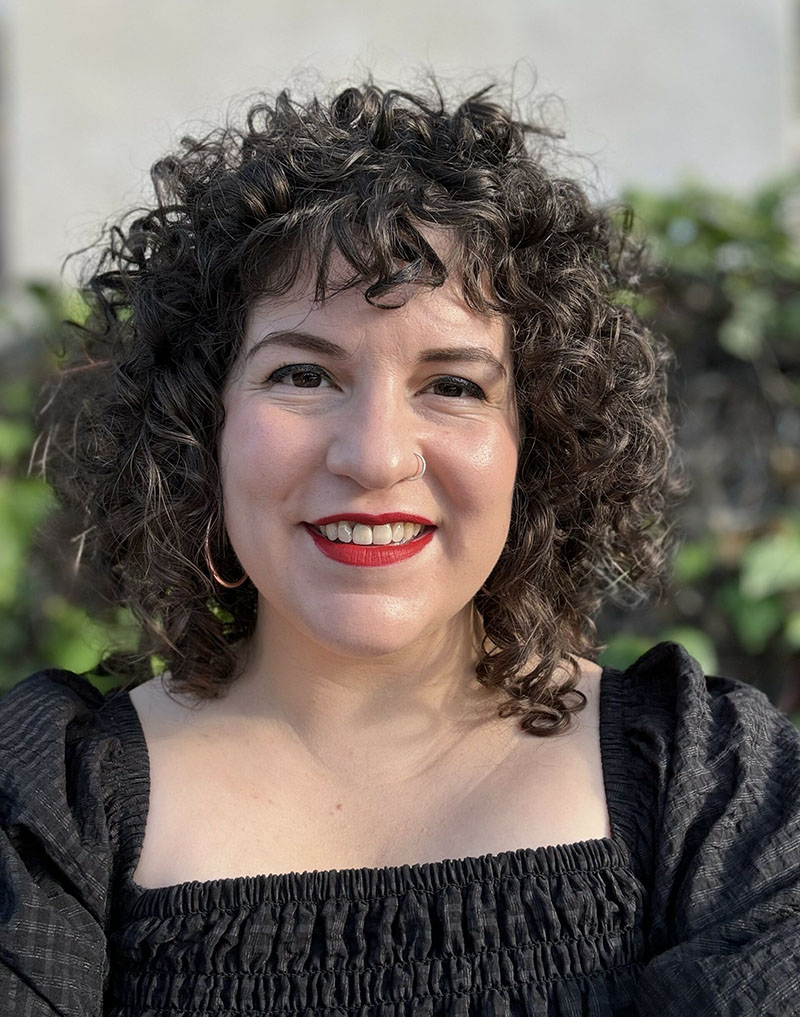 With the current wave of unionizing, strikes, and raised political consciousness, how can we make social housing part of the mainstream narrative?
With the current wave of unionizing, strikes, and raised political consciousness, how can we make social housing part of the mainstream narrative?Andrea Vocos
Community Organizer, LA Voice
 We get so in our tunnel vision that we don’t work together. We can’t solve this ourselves. I think we came here without ego and without politics and were focused on the substance, so thank you to this group.
We get so in our tunnel vision that we don’t work together. We can’t solve this ourselves. I think we came here without ego and without politics and were focused on the substance, so thank you to this group.Debbie Chen
Director of Real Estate, Little Tokyo Service Center Community Development Corporation
 I got excited about the idea of myth-busting: everything that we can’t do, that’s not true. Now the goal is to figure out what it’s going to take and what we’re going to do.
I got excited about the idea of myth-busting: everything that we can’t do, that’s not true. Now the goal is to figure out what it’s going to take and what we’re going to do.Tunua Thrash-Ntuk
President & CEO, The Center by Lendistry
- The commitment to systems change... thinking in terms of looking at a problem from multiple perspectives, investing real time and resources to figuring out how to address that problem is a practice that I feel like I'd like to take back to LA.
Eli Kaufman
Executive Director, BikeLA



